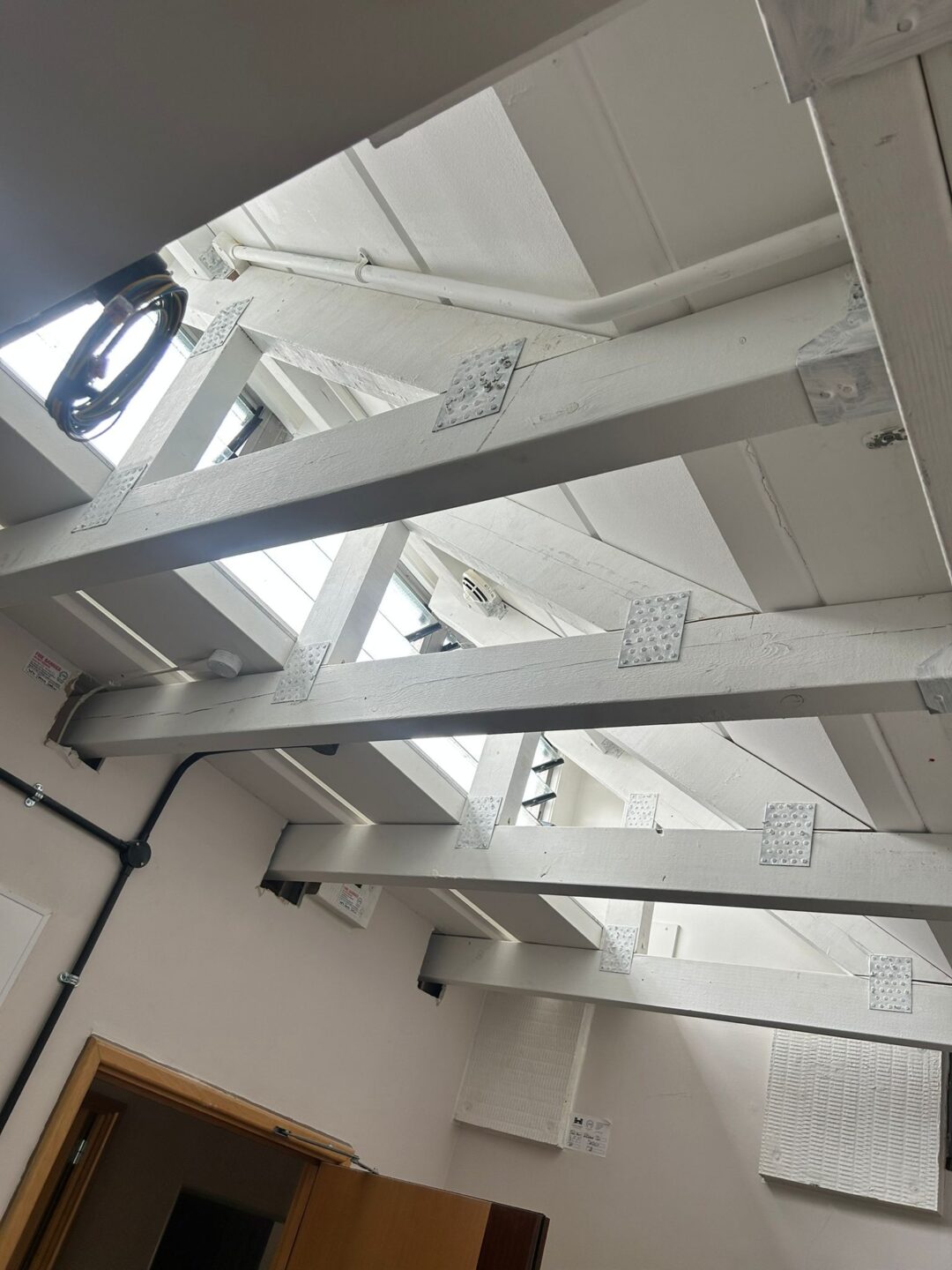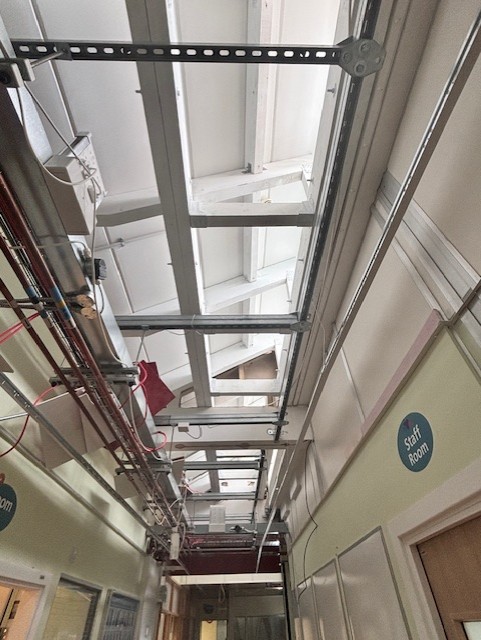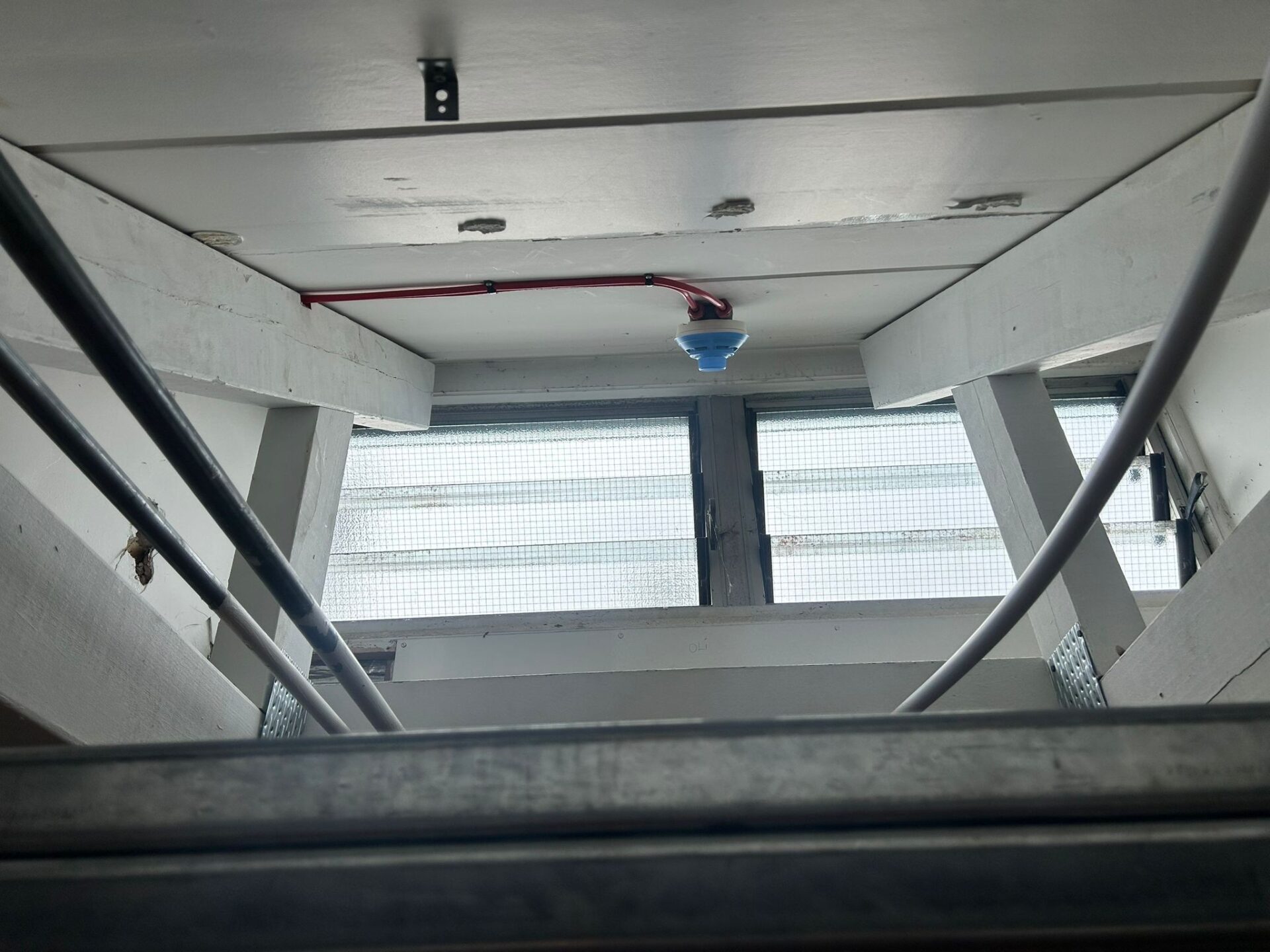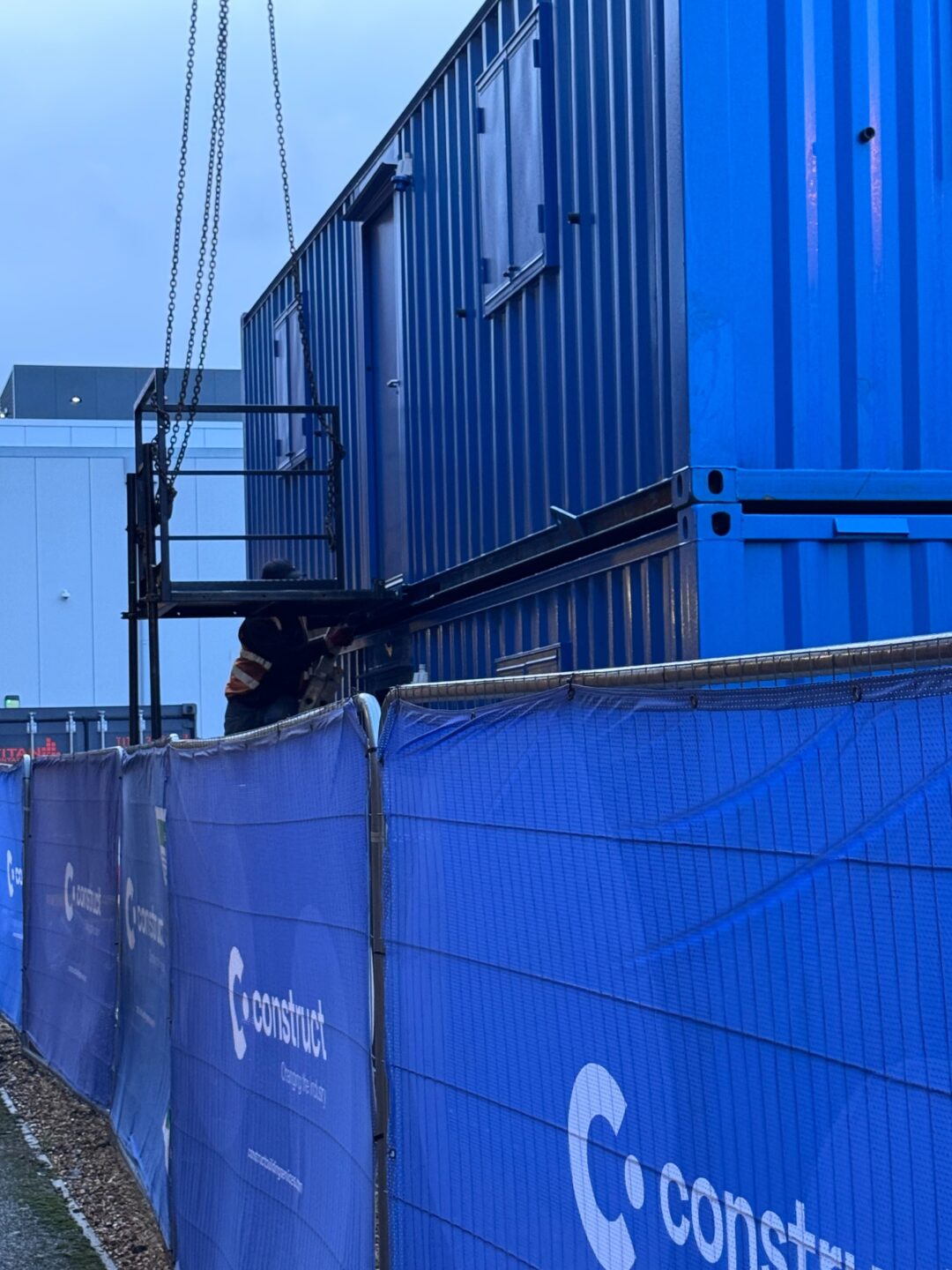Reinforced Autoclaved Aerated Concrete (RAAC) is a lightweight, precast concrete material used extensively in the UK from the 1950s to the 1990s. Found in schools, hospitals, and other public buildings, it was originally praised for being cost-effective and easy to install. However, it has since become recognised as a material that poses serious structural risks if not properly maintained or replaced.
Key Issues with RAAC
RAAC presents several critical issues that building owners and facilities managers must be aware of:
- Structural Weakness - RAAC has a significantly lower strength compared to traditional concrete. Over time, it can become brittle and prone to sudden failure—often without visible warning.
- Moisture Absorption - RAAC is highly porous and absorbs moisture easily. This leads to accelerated degradation, especially in roofs and ceilings where water ingress is common.
- Corrosion of Reinforcement – The embedded steel reinforcement within RAAC can corrode over time, weakening the bond with the concrete and reducing the overall load-bearing capacity.
- Limited Lifespan - RAAC has a shorter design life (around 30 years), and many installations are now well beyond their intended service period.
- Sudden Collapse Risk - Unlike traditional concrete, RAAC structures may fail with little to no warning signs, creating urgent safety concerns.
These vulnerabilities make it essential to identify RAAC in buildings, assess its condition, and take action before failures occur.
(Image by freepik)






